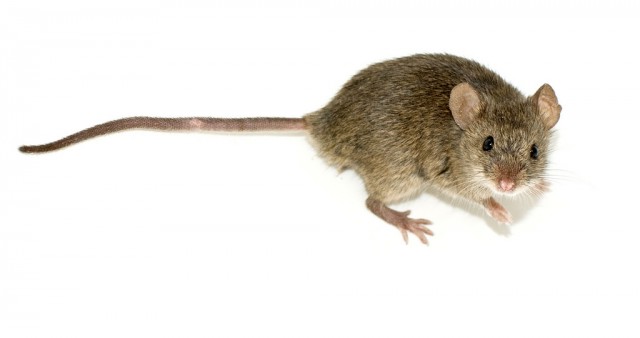
At low temperatures, the human body has a hard time. As the cold sets in, blood vessels constrict to maintain heat, and some body parts—like fingers and toes—begin to suffer. Metabolism ramps up to fight the cold and shivering sets in. As these conditions continue, everything becomes sluggish, as the cells of your body do not work as well. The body enters a state of thermal stress, and only the most vital systems, like the brain, are left switched on.
Now, in a paper just published in the PNAS, Elizabeth Repasky at Roswell Park Cancer Institute in the US and colleagues suggest that cold has yet another disadvantage—it changes the way cancer cells grow and spread, at least in mice. This raises interesting questions about cancer therapies and many cancer studies, which tend to use mice as animal models.
Repasky found that mice living in a relatively cold environment (around 22°C) had cancers that grew more quickly and aggressively than mice living at a nice thermally comfortable temperature (around 30°C). A cold environment boosted the growth of several different types of cancer, including breast, skin, colon, and pancreas.
It did not matter if mice had lived in the cold for a lifetime before they got cancer—a chilly exposure even after their cancer had become established still made their tumors grow more quickly.
The body’s anti-cancer responses are mostly driven by the immune system’s T cells, which recognize and destroy tumor cells based on the altered proteins they produce. Tumors often react to a T-cell attack by producing signals that trick the body into suppressing these immune cells. This battle continues until one side outpaces the other—a lot of anti-cancer treatments given in the clinic help to swing the balance in favor of the immune system.
Both the cold and the comfortable mice had the same numbers of potential cancer-fighting T cells when they were healthy. But the tumor-seeking T cells in the comfortable mice were quicker and better at burrowing into the tumor to attack it. They also secreted more cancer-fighting substances than the cells from cold mice.
In the tumors of cold mice, there were greater numbers of suppressive cells capable of shutting down normal immune responses. Cold temperatures, then, shifted the body’s response from fighting the tumor to accepting it.
Most animal research facilities follow the same housing guidelines, and thus keep mice at colder-than-comfortable temperatures. This could introduce a systemic bias to animal testing where studies are done in conditions that aren’t entirely relevant. For example, what if you were trying a therapy that boosted immune function but did it in mice whose immune function was naturally tamped down? You might see no effect, when it could still be a useful drug. In contrast, something that causes tumor DNA damage might not have the same problem.
Cancers are cold
When we feel cold, we engage in warming behaviors—turning the thermostat up a notch, or thriftily putting on an extra layer of clothes. Mice are exactly the same—if they feel cold, they move to a warmer spot. When healthy mice get to choose what temperature they want to hang out at, with options at 22, 28, 30, 34, or 38 degrees Celsius, they typically migrate into the comfortable 30 degree Celsius room. Mice with tumors tend to choose the hottest 38 degree Celsius room. Cancer patients also commonly report suffering deep chills, especially following treatment.
It’s possible that growing tumors may induce a cold stress that probably promotes their own survival. We do not know exactly how this works yet, but this research still has important implications for cancer patients and their treatments. Could administering cancer therapies in a sauna-like setting improve their tumor-fighting potential and slow cancer growth?
Such approaches have been tried in small trials for breast cancer, angiosarcoma, and sarcoma. They show that increasing body temperature to a mild fever over the course of a few hours improves response rates to radiation therapy.
Without large-scale studies, no firm conclusions can be drawn, but this evidence suggests that the benefits of heat therapy for cancer may have been overlooked. Perhaps it is time we paid heed to the words of the ancient Greek physician Hippocrates:
Those who cannot be cured by medicine can be cured by surgery. Those who cannot be cured by surgery can be cured by heat. Those who cannot be cured by heat are to be considered incurable.
![]()
PNAS, 2013. DOI: 10.1073/pnas.1304291110 (About DOIs).
Stephanie Swift is a researcher at the University of Ottawa. This article was originally published at The Conversation.
reader comments
72